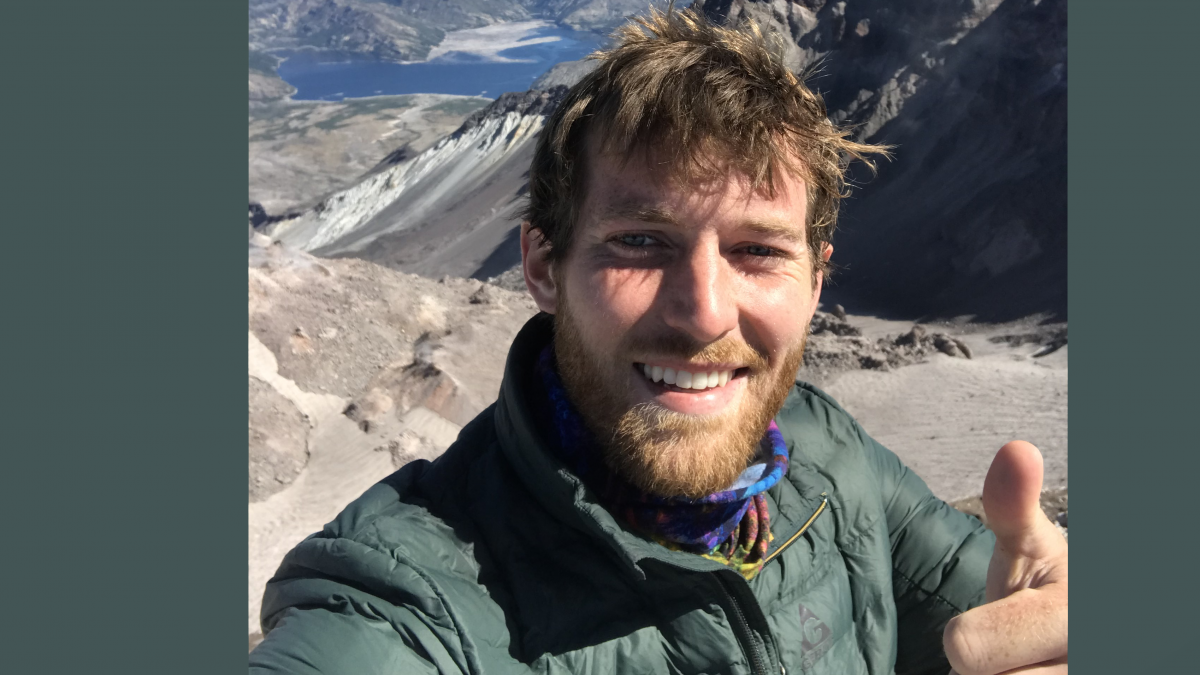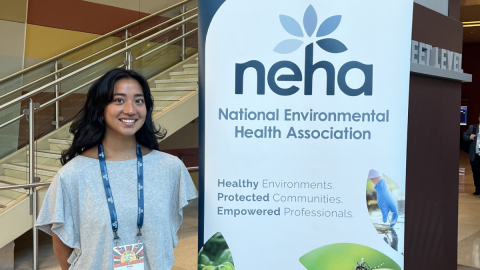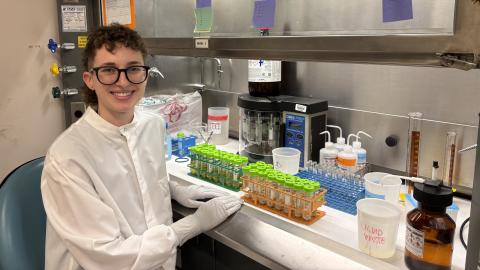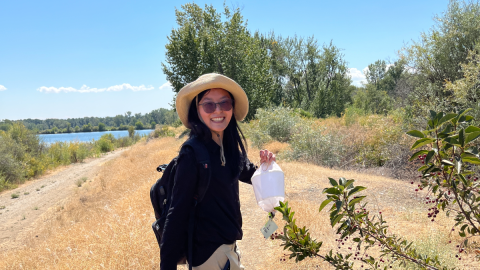Aaron Bentson-Royal, a MS Applied student at the UW Department of Environmental & Occupational Health Sciences (DEOHS), recently spoke with us about his experience in the program and his internship this summer at the Environmental Protection Agency’s Superfund and Emergency Management Division.
Learn more about our Applied MS programs in Environmental Health Sciences, which you can complete in as little as 15 months.
Aaron Bentson-Royal
MS Applied
Hometown
Vancouver, WA
Future plans
A career at the EPA
“My biggest piece of advice for coming into an applied program is to look for funding opportunities early.”
- Aaron Bentson-Royal
What motivated you to apply for the MS Applied program at DEOHS?
I started looking into the DEOHS program after talking with an Occupational Hygiene alumnus working at Intel. After learning how financially attainable graduate school was for him through grants, teaching assistantships (TAships) and the NIOSH support, and how financially stable he was in his position I decided to apply.
After getting accepted and learning more about the programs, I decided to focus on Environmental Toxicology, which precluded me from NIOSH funds but was closer in line with what I wanted to do with my degree. With teaching and research assistantships and planning in advance, graduate school was still very affordable for me.
What have you enjoyed about the program so far?
I have enjoyed the breadth of material covered through the DEOHS courses. I felt I got a really good spread of classes to learn the basics of exposure science, health and safety, and toxicology to perform in multiple roles in the environmental sector and emergency environmental management.
By not specifically focusing in one area, I am better prepared to coordinate between teams and have access to some more fun job roles, like the US Environmental Protection Agency (EPA) dive team and on-scene coordination for environmental emergencies.
Where are you interning and what is the focus of your internship?
I am interning at the EPA in the Superfund and Emergency Management Division (SEMD). I am focusing on risk communication and modeling for remedial efforts at Superfund sites here in Region 10, which serves Alaska, Idaho, Oregon, Washington and 271 Tribal Nations.
That said, with so many sites in progress there is a constantly shifting workload and focus at SEMD, which provides for a great deal of freedom to get involved in projects, meetings and seminars proximal to my main projects.
What’s a day in the life at your internship like?
There is a lot of flexibility here at the EPA. I can make my own schedule and even break up my hours in the day with a supervisor’s approval.
I generally spend a third of my time in team meetings and in relevant seminars or EPA trainings (there are lots!), and the other two thirds is spent working on my projects. There is ample opportunity to seek career-advancing trainings for permanent EPA employees and interns alike.
What do you hope to do after graduation?
After graduation, I hope to make the transfer to a permanent position within the EPA. SEMD is best suited for folks with management and contracting experience, so I may look to be placed in laboratory support (LSASD) or enforcement (OECA) as they would help prepare me better early in my career. I hope to transfer back to SEMD once I have more experience with environmental law.




